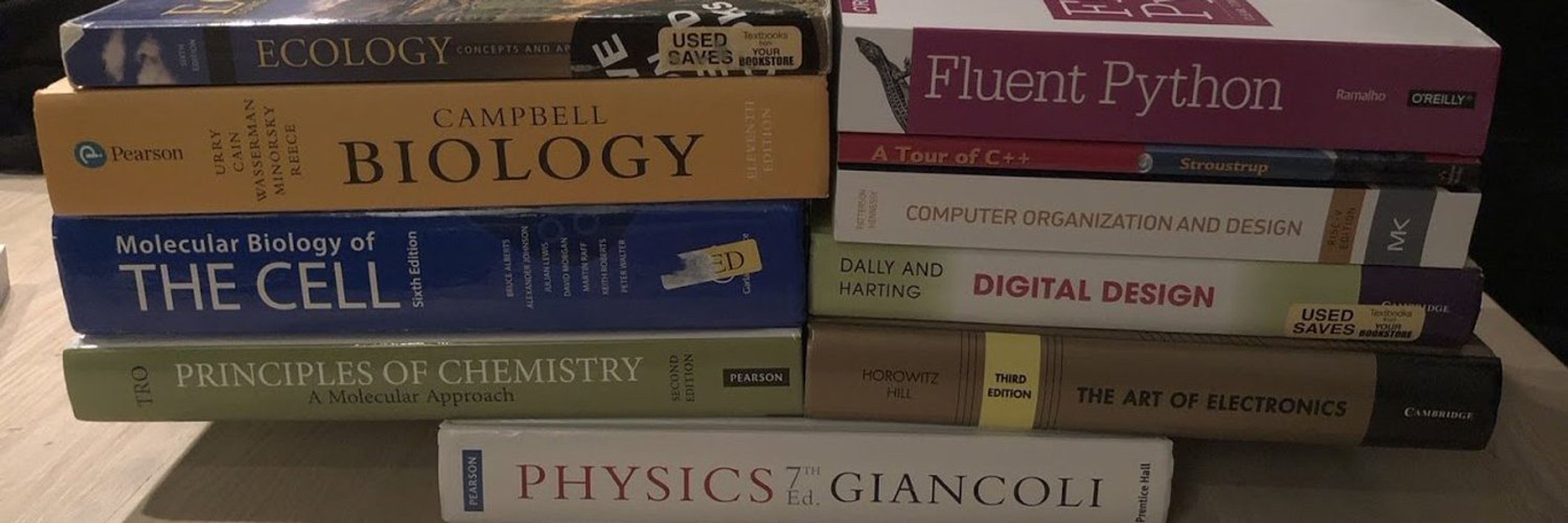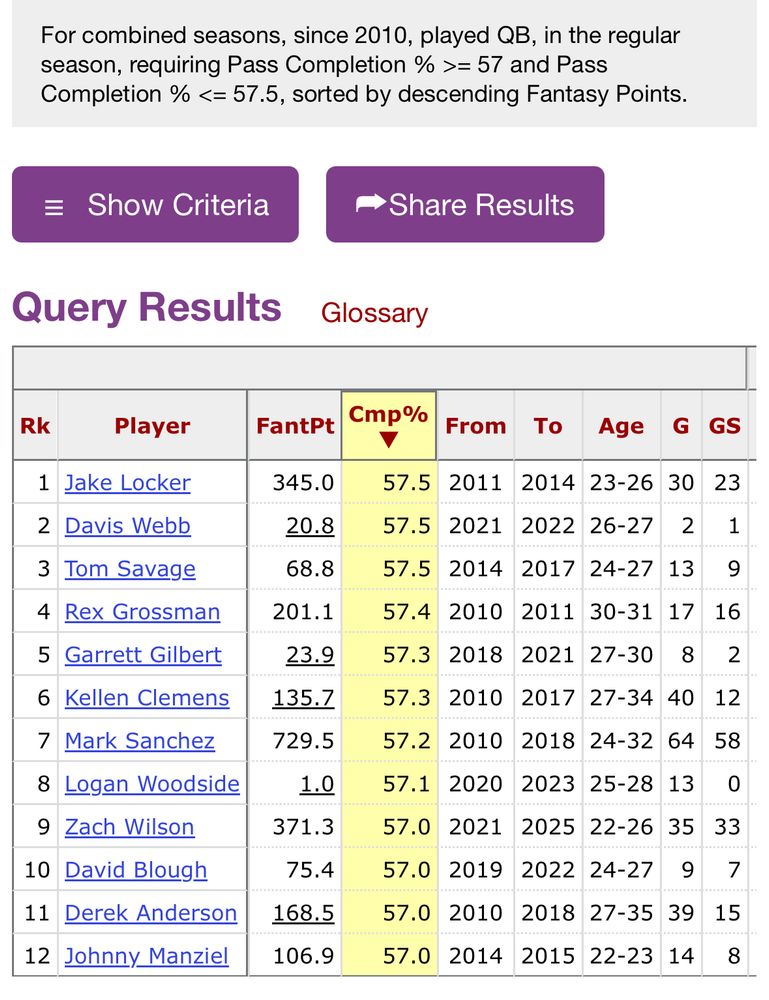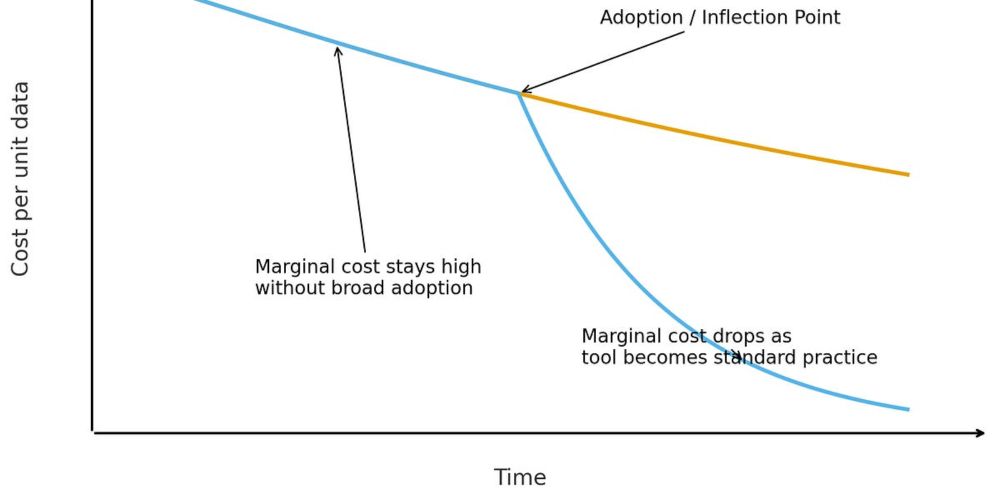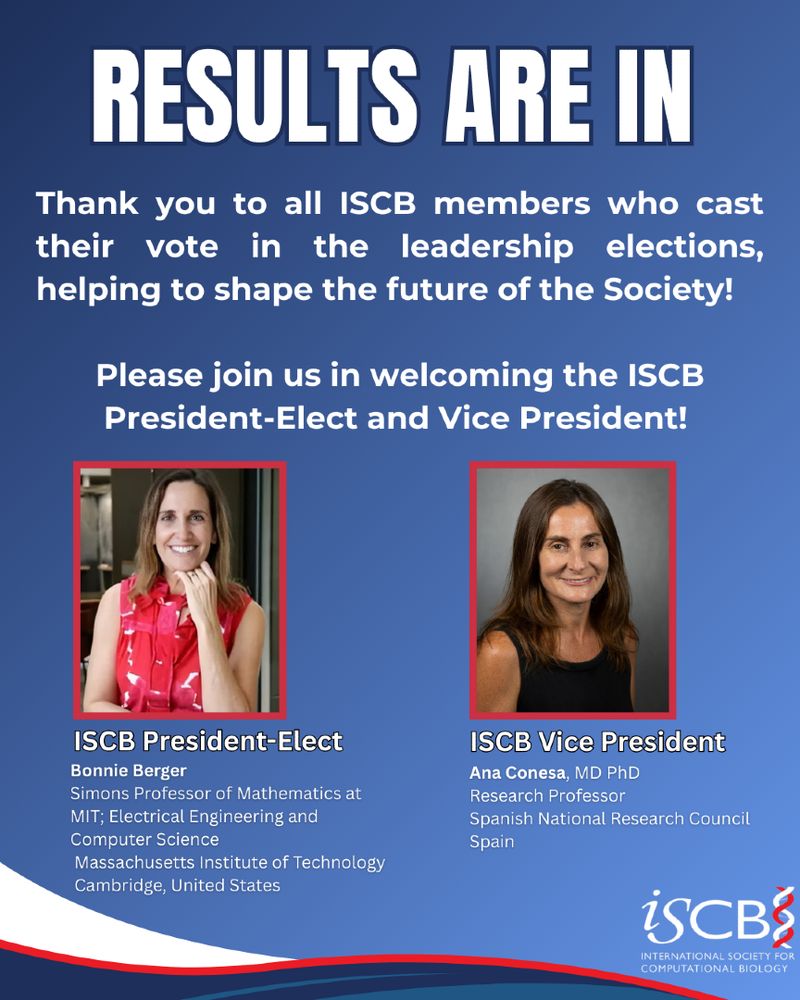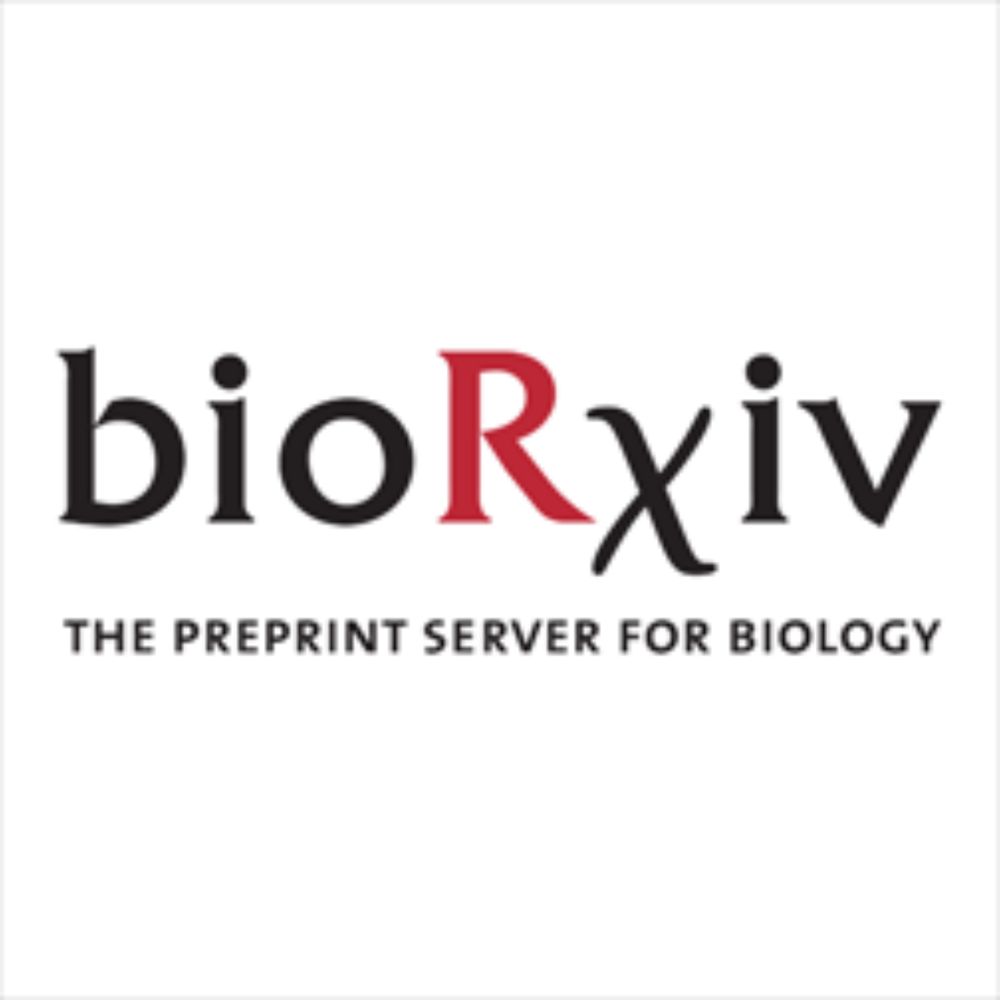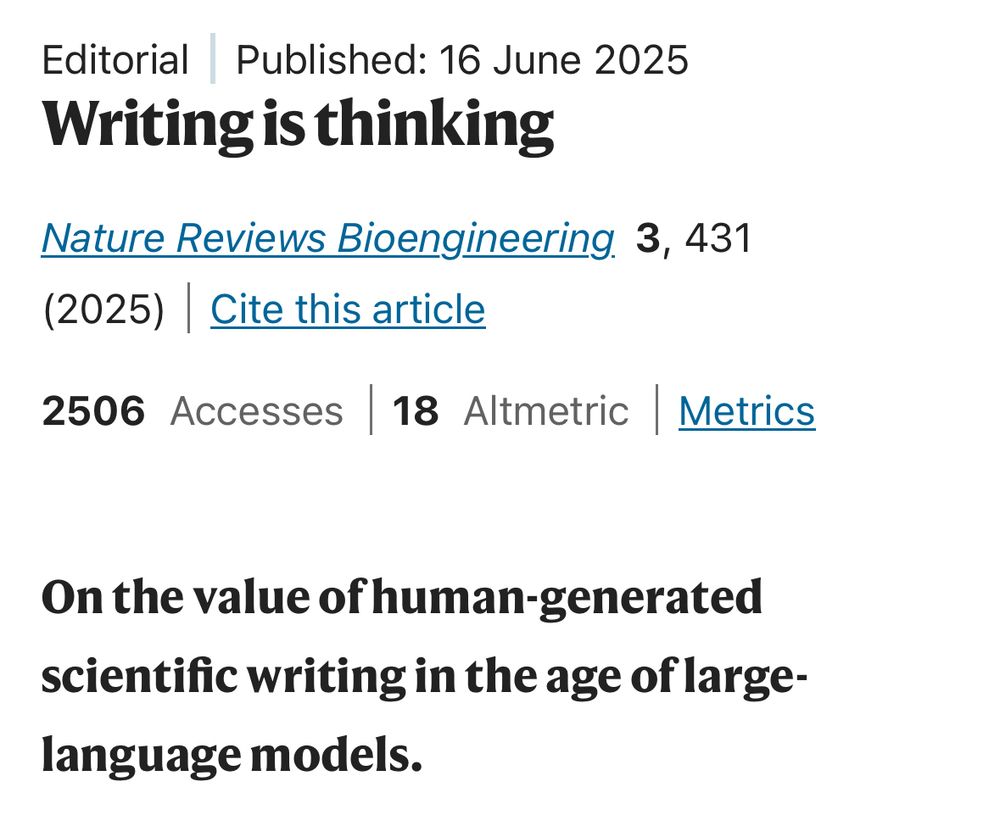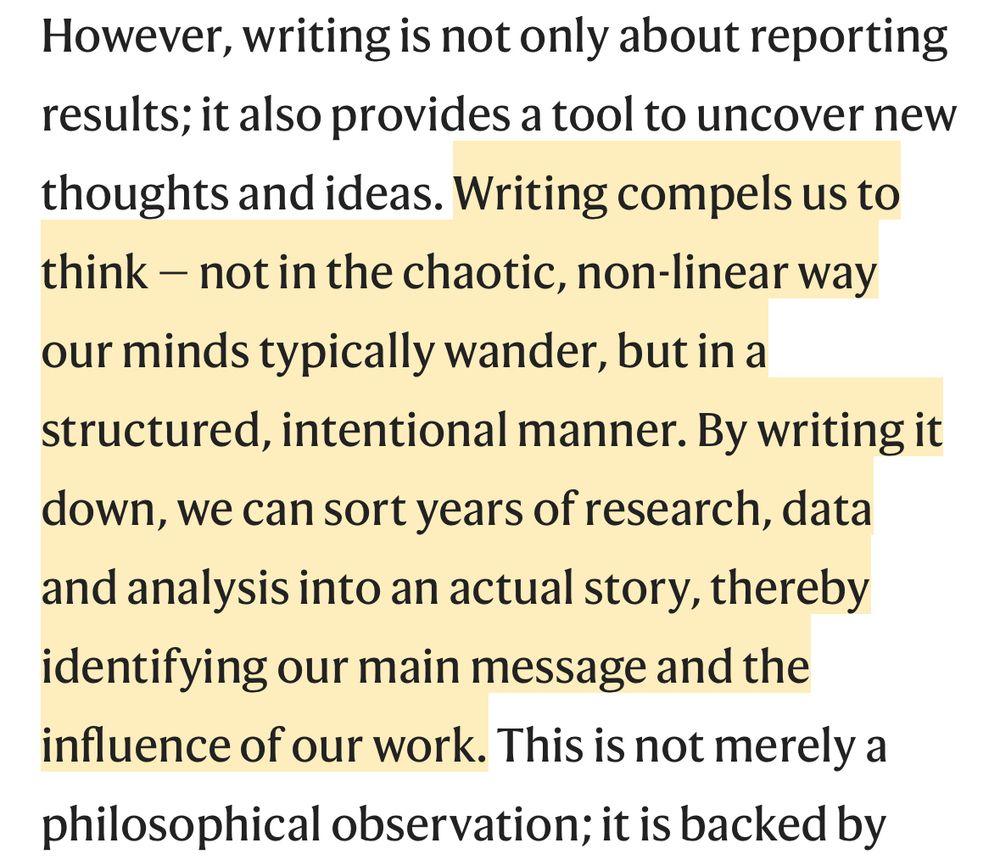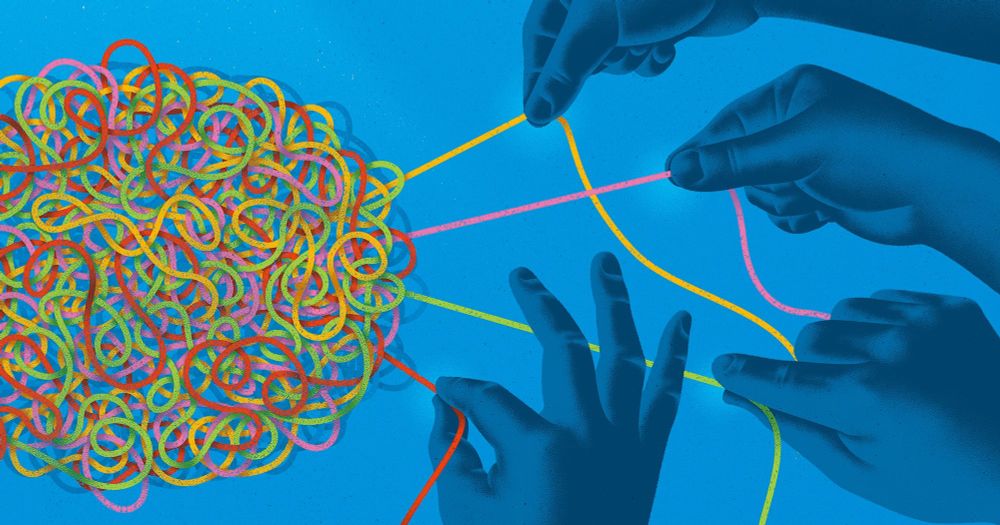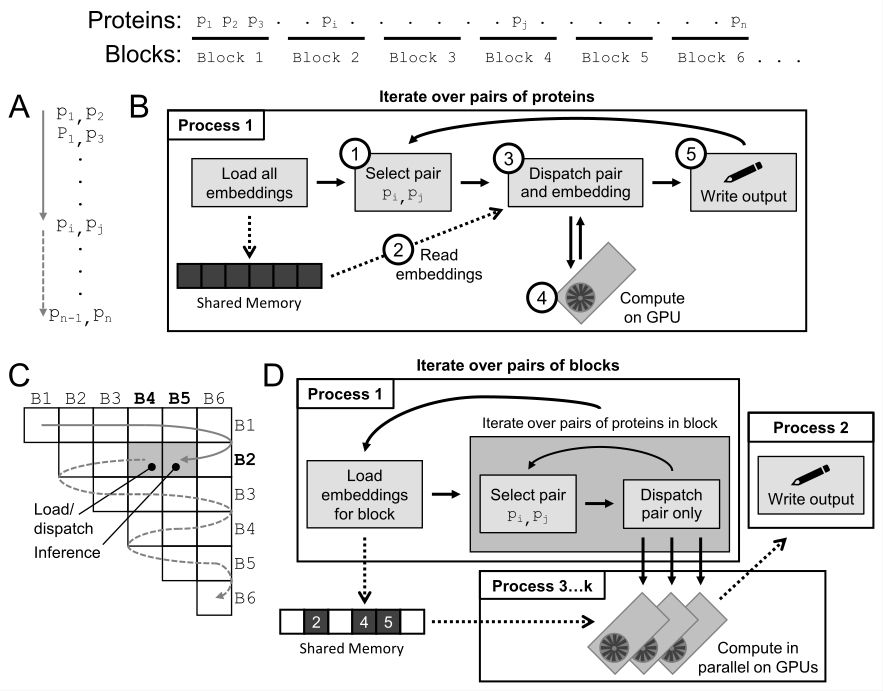Samuel Sledzieski
@samsl.io
730 followers
220 following
53 posts
Research Fellow @flatironinstitute.org @simonsfoundation.org
Formerly @csail.mit.edu @msftresearch.bsky.social @uconn.bsky.social
Computational systems x structure biology | he/him | https://samsl.io | 👨🏼💻
Posts
Media
Videos
Starter Packs
Pinned
Reposted by Samuel Sledzieski
Reposted by Samuel Sledzieski
Reposted by Samuel Sledzieski
Reposted by Samuel Sledzieski
Reposted by Samuel Sledzieski
Reposted by Samuel Sledzieski
Dr Sian Gramates
@drglam.bsky.social
· Aug 11
Reposted by Samuel Sledzieski
Yo Akiyama
@yoakiyama.bsky.social
· Aug 5
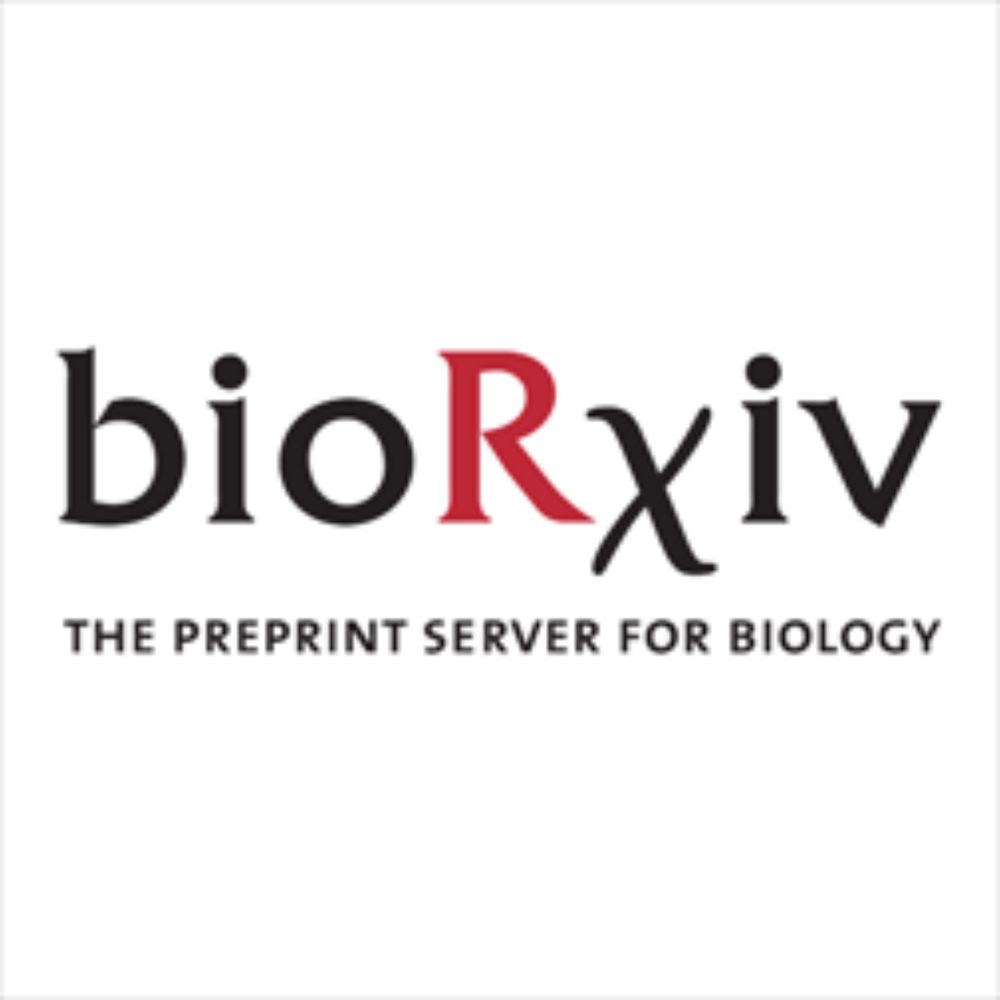
Scaling down protein language modeling with MSA Pairformer
Recent efforts in protein language modeling have focused on scaling single-sequence models and their training data, requiring vast compute resources that limit accessibility. Although models that use ...
biorxiv.org
Reposted by Samuel Sledzieski
Kevin Drew
@ksdrew.bsky.social
· Jul 29
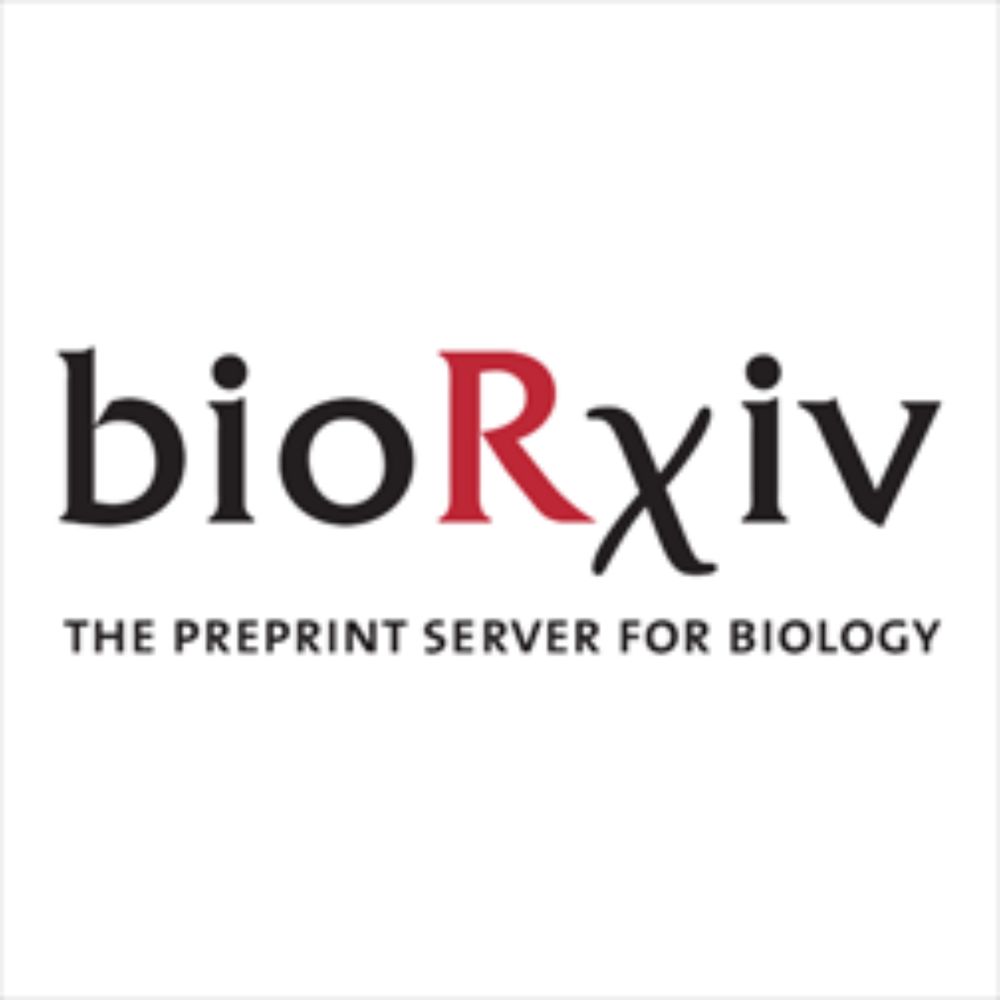
DirectContacts2: A network of direct physical protein interactions derived from high-throughput mass spectrometry experiments
Cellular function is driven by the activity proteins in stable complexes. Protein complex assembly depends on the direct physical association of component proteins. Advances in macromolecular structur...
www.biorxiv.org
Reposted by Samuel Sledzieski
Reposted by Samuel Sledzieski
Reposted by Samuel Sledzieski
Samuel Sledzieski
@samsl.io
· Jul 22
Samuel Sledzieski
@samsl.io
· Jul 22
Samuel Sledzieski
@samsl.io
· Jul 22
Samuel Sledzieski
@samsl.io
· Jul 22
Samuel Sledzieski
@samsl.io
· Jul 22
Samuel Sledzieski
@samsl.io
· Jul 22
